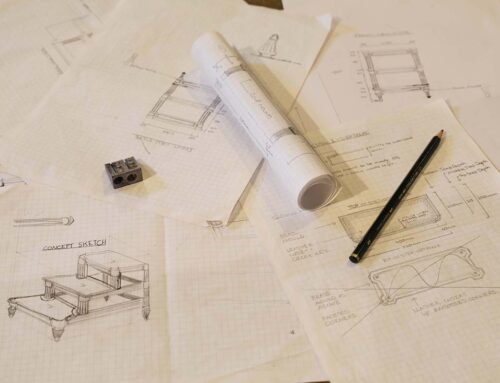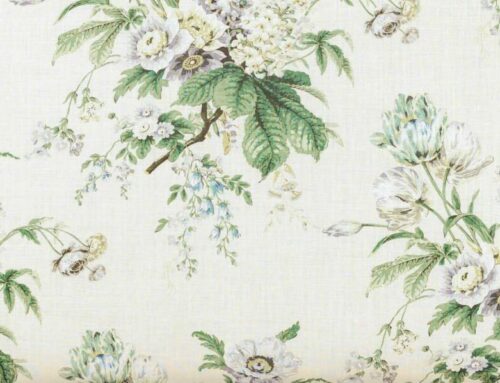
The article referenced the Knight Frank Luxury Index, which provided some interesting results about luxury categories and their investment potential. Antique furniture was according to the index, flagging behind other categories.
Antique furniture was referenced against numerous luxury categories, some of which included art, ceramics, stamps, coins, cars (we assume the KFLI means vintage cars) and watches. While no one is likely to argue that cars and wine are certainly some of life’s necessities, one could well float the argument that stamps and coins are not and have no intrinsic use beyond collecting and display.
What is the relevance to investment you ask? An article written with no context will be generalised and have no detail or explanation. For us, in its sweeping generalisation of antiques, it avoids a glaringly obvious point in this research, that unintentionally misleads.
The very premise behind this article is suggestive of a choice between antiques as an investment and stamps, wine, cars and coins. While this may be correct if a buyer is motivated to buy furniture purely for investment potential, but most are not. All people do not buy stamps; all people do buy furniture. For the luxury furniture buyer then, is it therefore not a choice between stamps and furniture, but a choice between ‘luxury modern’ or ‘luxury antique’? The furniture is being purchased anyway…the stamps are not.
If the choice is between cheap furniture and high-end antiques, then certainly one might say you’d make a saving buying one over the other, however most buyers of high end luxury antiques are not in the market for cheap modern. Thus you’re left with the two luxury options.
Wallrocks have never actively promoted antiques as an investment for purely financial reasons, for like all other industries its value is determined by fashions and trends and we do not have a crystal ball. However it is absolutely true to say that antique furniture may increase in value, it may plateau or it may fall – it’s a 33.33% chance in either direction. The same cannot be said for modern luxury furniture; it’s value post-sale goes in only one direction…down.
I for one, prefer better odds than this for my money and a short term investment not surprisingly, looks very different to one of 40 years. Interestingly, The Collectors Club graphed antique values over 20 years during the high inflationary periods of the 60s, 70s and 80s during which time inflation peaked at just over 20%. During this time the property market increased by 600% – antique furniture as an investment was considered fantastic as values rose by 700%. It was not until the 90s when inflation began to fall that antique and property values started to flatten, but as an inflationary hedge, both property and antiques were fabulous options. It will be interesting to see what happens to antique furniture values when inflation eventually begins it’s inevitable increase.
Regardless, whether for investment reasons, passion or both, the quality and craftsmanship found in fine antique furniture is hard to find in today’s modern furniture market. Unique, beautiful and high quality furniture and fine art is always desirable so antique furniture as an investment is really just a matter of perspective and for us, it’s a ‘no brainer’.






